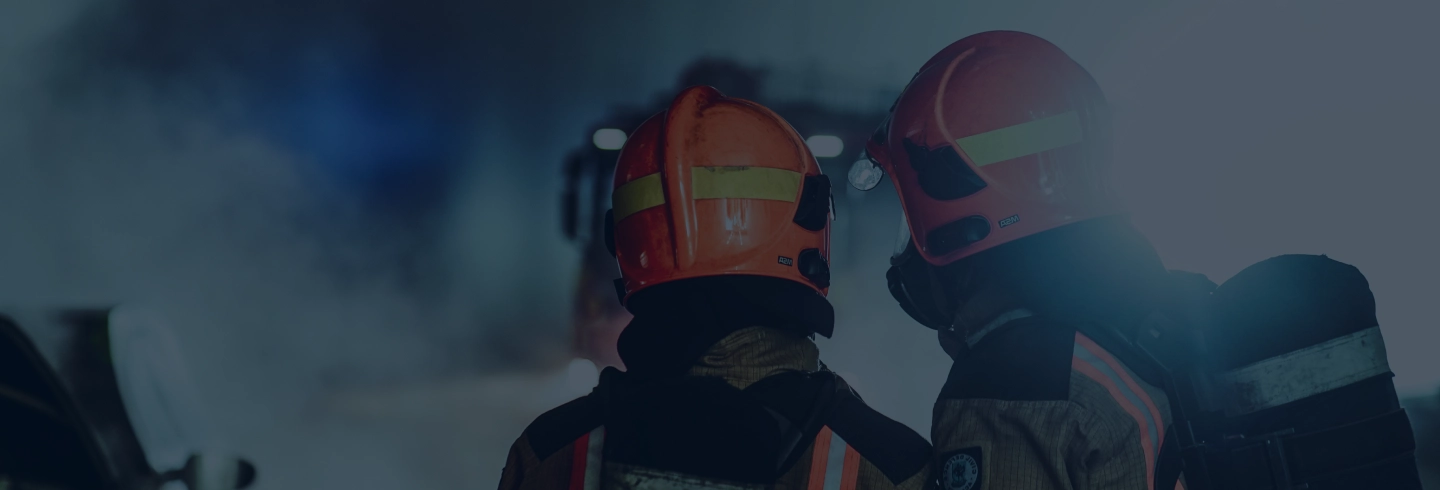Public shelters are places where you can take refuge during a wartime emergency. They are designed with protective features against weapon effects to ensure a safe environment for the shelter occupants.
Public shelters can be found in MRT stations, HDBs, schools, community centres/clubs and other developments.
Click here to locate the public shelters.
MRT Shelters
There are 59* underground MRT stations which are hardened to also function as public shelters and provide protection in a wartime emergency. MRT shelters can accommodate between 3,000 to 19,000 people depending on the size of the area.
*Total numbers as of completion of Thomson-East Coast Line (Stage 4)
Housing & Development Board (HDB) Shelters
HDB shelters are located in the basements or void-decks of 446 HDB residential apartment blocks.
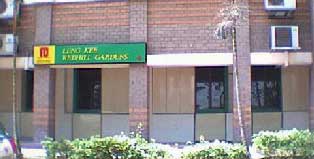 | 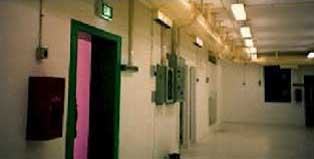 |
School Shelters
School shelters are located in 57 secondary schools’ basements (e.g. air-rifle ranges).
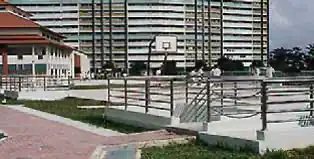 | 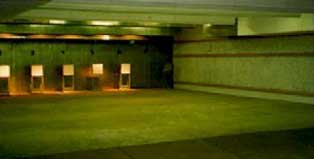 |
Community Centre / Club Shelters
Community centre / club shelters are located in 23 community centres / clubs. Shelters here are generally used by the centres / clubs themselves for their own peacetime purposes.
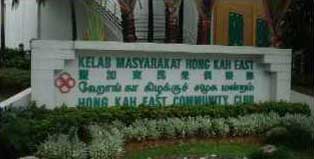 | 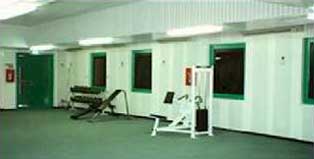 |
Public Development Shelters
There are 7 public development shelters with peacetime uses which include basement carparks and training or activity rooms.
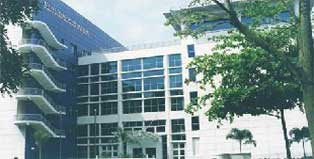 | 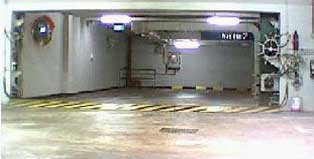 |
Household and Storey Shelters (HS/SS)
The HS/SS gives protection to residents against weapon effects such as blast and fragments during a wartime emergency. It has the advantage of being easily accessible when needed and requires minimal maintenance.
The HS/SS has its walls, floor and ceiling strengthened with increased thickness. Each shelter compartment is designed with two ventilation sleeve openings and a light protective steel door approved by SCDF. Each HS/SS door has a notice fixed to its interior
face, which identifies the structure as a HS/SS and states clearly the prohibited works within it. The owner or occupier is not allowed to tamper with the HS/SS door, structural walls, and the floor and ceiling slabs. The owner or occupier must also
maintain the HS/SS in accordance with the regulations, such as ensuring the HS/SS door and ventilation sleeves are able to operate smoothly, free of rust etc.
Improvised Cover At Home (ICAH)
If you live in a home without a shelter, you can perform ICAH using available household and furniture items during a wartime emergency. Such improvised cover can provide a considerable degree of protection against flying debris and glass splinters. In fact, it is relatively safer to stay at home under improvised cover during an attack than being out in the open trying to reach a public shelter.
During a wartime emergency, suitable part of a building (e.g. underground carpark) may be identified by SCDF and use as an improvised shelter when needed.
